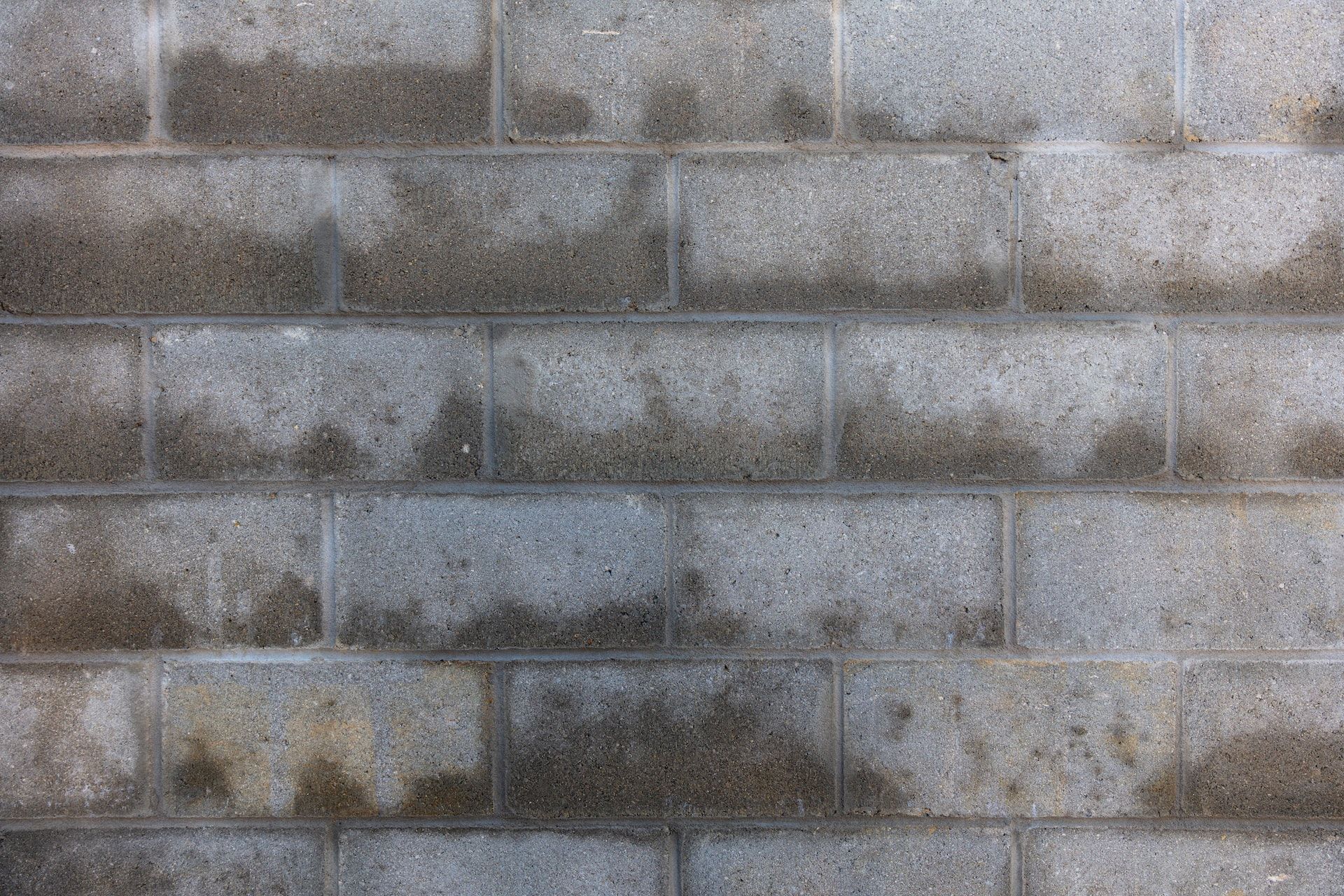What is rising damp?
Rising damp is a common problem in older homes, and can cause a range of issues, from damage to your walls and floors to the growth of mould and other harmful bacteria. In this article, we will explore the causes of rising damp, the potential damage it can cause, and ways to treat and prevent it.
What causes rising damp?
Rising damp is caused by water that rises up through the walls and floors of your home. This can occur when the damp-proof course (DPC), a barrier that is installed at the base of your walls to prevent moisture from rising, becomes damaged or defective. This can be the result of a number of factors, including:
- Age and wear and tear of the DPC
- Construction defects or errors
- Changes in ground level that cause the DPC to be below the ground level
- The presence of plants or other objects that prevent proper drainage around the foundation of your home
What damage can be caused by rising damp?
The main problem with rising damp is the potential for damage to your walls and other surfaces. When water rises up through your walls, it can cause paint and wallpaper to peel, and can lead to the growth of mould and mildew. This can not only damage your home, but can also create a health hazard, particularly for those with allergies or respiratory issues.
How to treat rising damp
In order to treat and prevent rising damp, it is important to repair or replace the damp-proof course in your home. This is a job that should be performed by a qualified tradesperson, such as a building inspector or damp-proofing specialist. They will be able to assess the cause of the problem and recommend the best solution, which may include:
- Injecting a chemical damp-proof course into the walls to create a new barrier
- Installing a physical damp-proof course, such as a membrane or plastic sheet, to prevent moisture from rising
- Replacing the affected wall or floor with a new, damp-proofed surface
In addition to treating the underlying cause of the problem, it is also important to address any damage that has already been caused by rising damp. This may include:
- Repairing or replacing damaged plaster and wall coverings
- Treating affected surfaces with a mould-inhibiting solution
- Removing and replacing affected flooring, such as carpets or wood flooring
Who to speak to about rising damp
If you are unsure about how to treat or prevent rising damp in your home, it may be helpful to consult a tradesperson. A building surveyor or damp-proofing specialist can help you identify the cause of the problem and suggest the best course of action.
If you would like to speak to an expert about the steps that you can take to treat rising damp, install the free Planna app using the links below to and book a 15 minute video consultation from as little as £5.
Don't want to speak with a pro? you can follow the FREE step by step instructions in the app.



